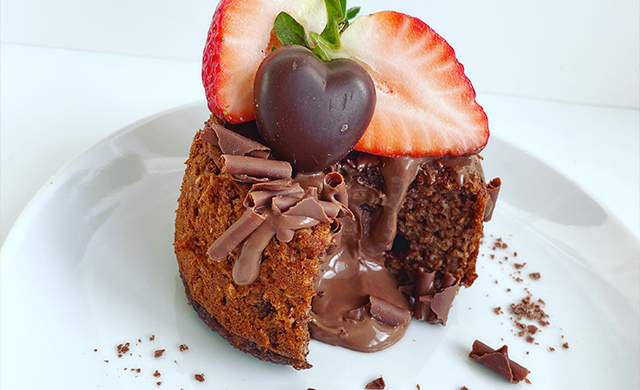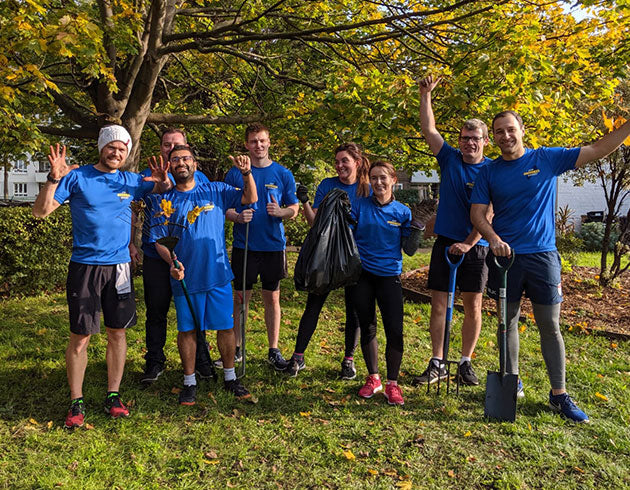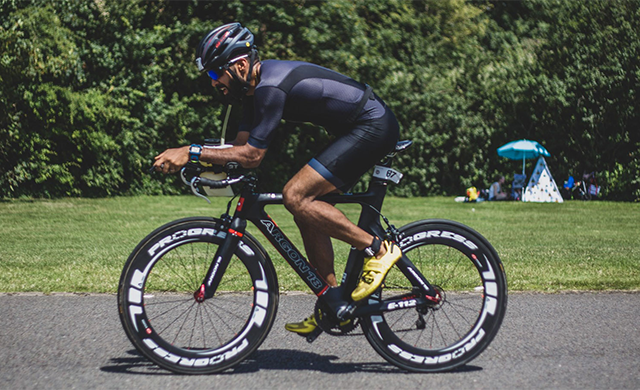Zoe Smith: What I Wish I’d Known When I Started Weightlifting
I first turned up to the weightlifting gym at 12 years old, barefoot, wearing a gymnastics leotard, having been sent down to the weights gym from my gymnastics session to ‘have a go’ at weightlifting. I didn’t know then that from that moment onwards, weightlifting would feature quite so heavily in my life! In this post, I’ll be addressing some of the things that 12-year-old me would’ve found helpful and hopefully can save you some time in the future if you’ve chosen to take up weightlifting too. For a start, you’re going to want to wear shoes and something other than a gymnastics leotard...
There Is No Quick Fix For Nailing Technique
I tell people that I took to weightlifting fairly naturally, but looking back on my old videos, it turns out that’s a big fat lie. Watching myself lift aged 12 is painful - I was so uncoordinated, gangly and awkward! 12 years on, it still leaves a lot to be desired but it’s a hell of a lot better.
There is no shortcut - the key ingredients to improvement are consistency, practice and listening to your coach. However, there are additional things you can do - I like to film my lifts and check that I’m hitting the key positions for each lift and play at being my own coach. With practice, you’ll start to recognise both visually and by feel the difference between a good and a bad lift - but it’ll mean doing lots of both before you get there!
Work On Your Weaknesses
A lot of sports use the weightlifting movements (snatch and clean & jerk) for their strength and conditioning but that doesn’t mean we as weightlifters have covered all bases. I work with an S&C coach to identify my areas of weakness and try to improve them to avoid injury in the long term - something that has held me back from progressing for long periods of time. A good place to start in terms of ensuring you’re robust enough to withstand your weightlifting training is making sure you don’t have any major imbalances - e.g. is one leg way stronger? Do you tend to favour one side heavily? If so, consider adding in some unilateral (one sided) exercises, e.g. dumbbell lunges, single leg hamstring curls/leg extensions.
Another thing to consider is core strength - our backs take a lot of the load when lifting overhead so it’s important to make sure that our core is strong enough to keep up with the demand. Try adding planks into your programme - 3 rounds of 30 seconds on each side and gradually increase the time week by week.
Find Your Team Spirit
I’ve trained in many different environments with lots of different kinds of athletes. The factor that has made the biggest difference in my opinion is having a motivated team around me who make me want to get stuck into a session, even when it’s difficult. Training partners that push and challenge you are important too - having someone to push you along when you’re flagging can be a good way of getting the most out of your session. At my weightlifting club we generally have always done this by pairing up with another athlete lifting similar weights and completing your sessions together. It brings out the competitive side in both lifters and means every exercise is completed to the best of your ability!
So, while there are a multitude of factors that go into hitting big numbers on the platform and in the gym, in my experience covering these areas off is a good place to start. Hopefully this will come as some help to those of you reading that are trying weightlifting for the first time - I look forward to seeing you on the competition platform in the future!




